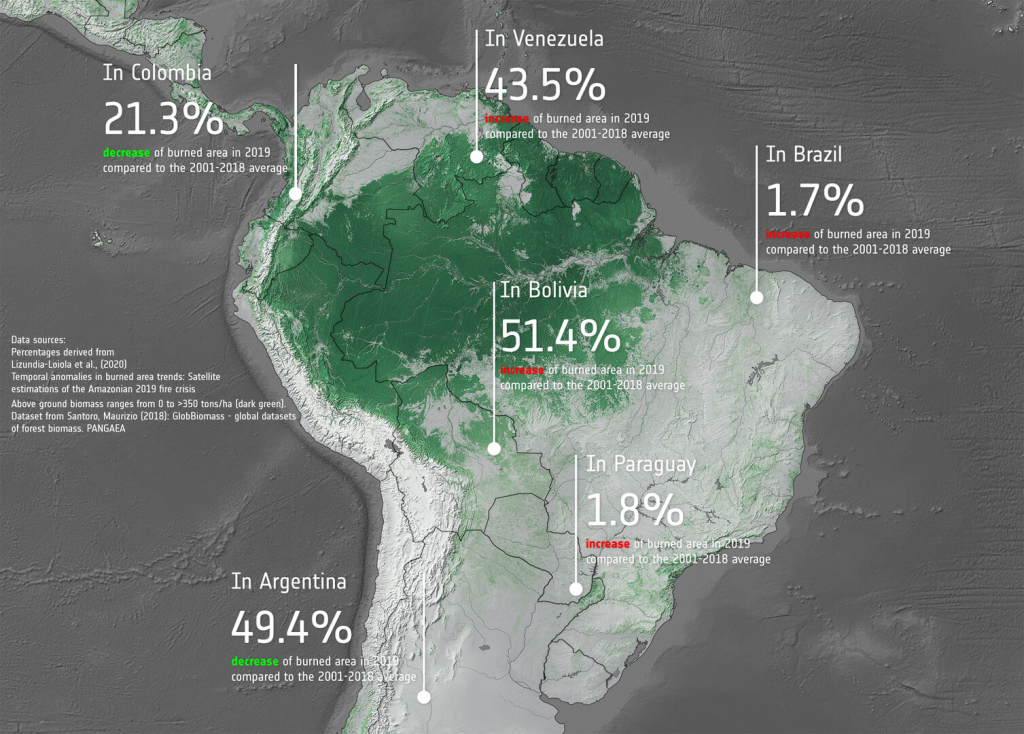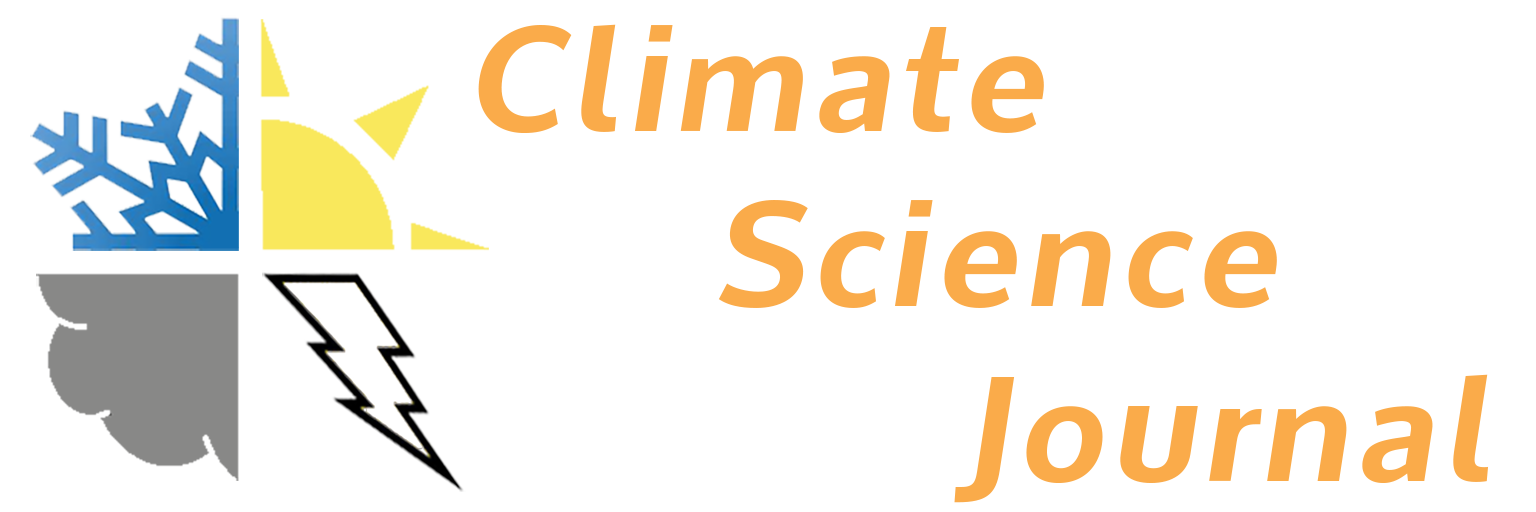The chart below shows fires in South America, compared to the 2001-2018 averages.
There are increases, and decreases.
But importantly, the numbers only go back to 2001. Why? We just now have the technologies in place to monitor the global environment in a publicly accessible way. These measurement, visualization and simulation technologies are incredible, but we cannot reasonably assume that the changes we are witnessing, which are literally all over the map, are necessarily unstoppable, or necessarily bad.
Fires are started by lightening, for instance, most commonly. There is also arson, as well as on-purpose burning, for land clearing, for example. But forest lands must be burnt, otherwise fuel for fires builds up, and if for too long, this means that when fires do eventually happen, as they must by nature, they will burn very hot, wiping out lots of wildlife in the process.
Controlled burns allow cooler fires, and let wildlife move out of the way, and return before long to reclaim their territories.

Even land clearing can have little long-term implications, so long as it is not too drastic, as in a tropical environment, the land returns to a forest state in a few short years. Having owned farmland in the tropics, which was cleared prior to purchase, and now ten years later is forest, this assertion has been personally witnessed.
Please enter your email so that we can update you when the new book is out, and to download the free paper:
Note the outstanding peer reviews below, presented anonymously, which you are also encouraged to do to [email protected] in the present politically-charged “climate” of climate science.
"You have found a promising approach to demonstrate successfully that the long suspected culprits of global warming, e.g. CO2, CH4, are actually not !"
PhD, Physics
Rutgers University, New Jersey
B.A. Cornell University, New York
"…seems to be path-breaking research in the domain. The paper reads nice and the science involved is analogous and clear. This paper is a hallmark and would benefit the advances in science, government planning as well as policy makers for the next course of action. I congratulate you for this great work and thank for giving me an opportunity to read it and enlighten myself."
PhD, Atmospheric Sci and Meteorology, IISc
M.Sc., Geophysics, ISC
BSc., (Hons) Physics, Delhi U
"An alarmist bias in Global Warming Research has corrupted the academic/scientific community"
Dr. Roy W. Spencer
Ph.D. Meteorology
University of Wisconsin-Madison.
Principal Research Scientist at UoA
Former Senior Scientist for Climate Studies at NASA’s Marshall Space Flight Center
"I have studied your paper during the weekend and I am impressed by your brilliant analysis and convincing argumentation. This looks like a very original thought process and one that does deserve broad dissemination."
B.Sc. (Hons) Mech. Eng.
DTU, Denmark
C.P. Eng. (Chartered Prof. Eng.)
Former Project Manager, CERN
Geneva, Switzerland
You will only receive quality content.
